East Midlands
The cantons of Zürich, Schaffhausen and Thurgovia are represented in the Ballenberg Open-Air Museum in an East Midlands zone.
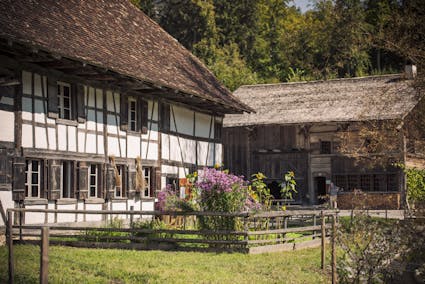
What Are the East Midlands?
The cantons of Zürich, Schaffhausen and Thurgovia are represented in the Ballenberg Open-Air Museum in an East Midlands zone – regions which belong geographically to the East Midlands (Thurgovia, Schaffhausen) but whose population would be as unlikely to admit it as the self-conscious Zürichers. It is even hard to draw borderlines between the building landscapes of these three cantons, since the buildings have characteristics which vary according to era and location.
Timber Framing as Characteristic
Among the various types of farmhouse, timber frame construction (Riegelbau) is one of the most apparent characteristics. The Open-Air Museum has, in the form of the vintner’s house from Richterswil (611), a prime example of this building style. From the late middle ages onward these buildings displaced other types of construction and in the 18th and 19th centuries determined the appearance of many settlements. They displaced especially the frame buildings with horizontal plank infilling so impressively exhibited in the Open-Air Museum, such as the farmhouse from Wila (641).
Potpourri of Style
There are also examples of mixed construction: in the farmhouse from Uesslingen (621) there are both timber framed structure with plank infilling as well as pure half-timber in which the surfaces between the timbers are filled out with wattle and daub. The resulting savings of wood and the reduced fire risk were determinant reasons for half-timber’s conquest.
Practicalities
A further influence on the arrangement of the Museum’s East Midlands zone is its traversal by a natural (but artificially enhanced) watercourse. Water power drives the wheels of several branches of trade, for instance the linseed crusher from Medel in Grisons (694) which is located here in the trades zone for this reason, or the imposing public works barn from Aarau (695).
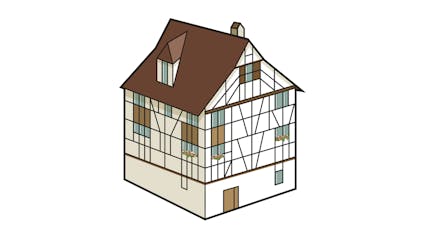

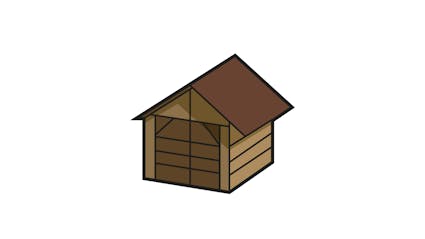
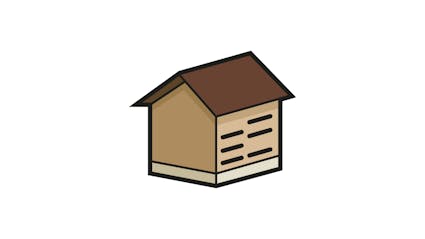
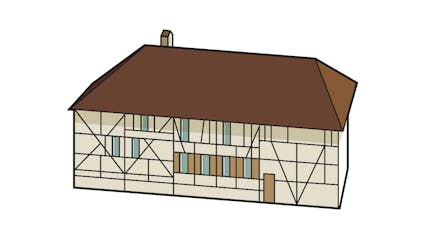
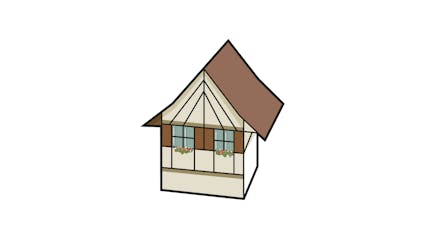
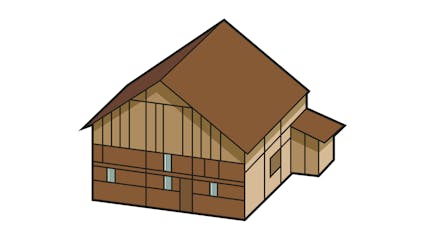


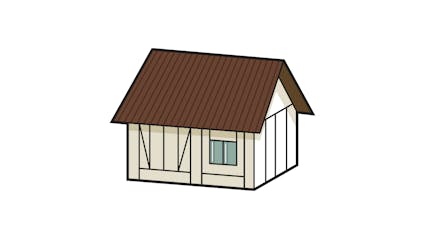
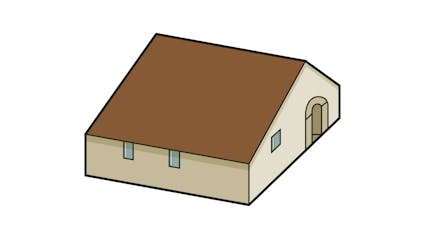
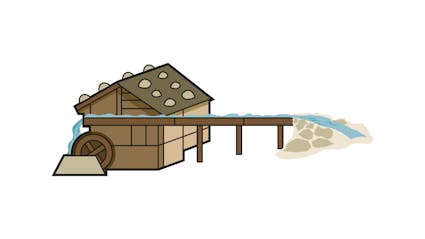
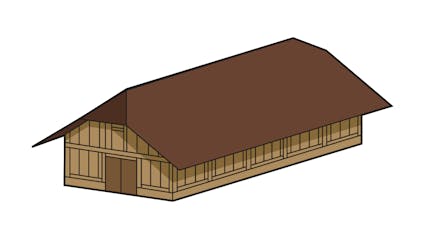
Ballenberg
Swiss Open-Air Museum
Museumsstrasse 100
CH-3858 Hofstetten bei Brienz
Opening hours
11 April to 27 October 2024
10 am to 5 pm daily